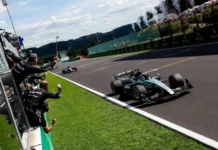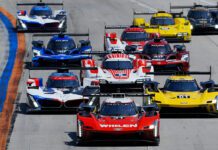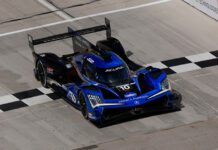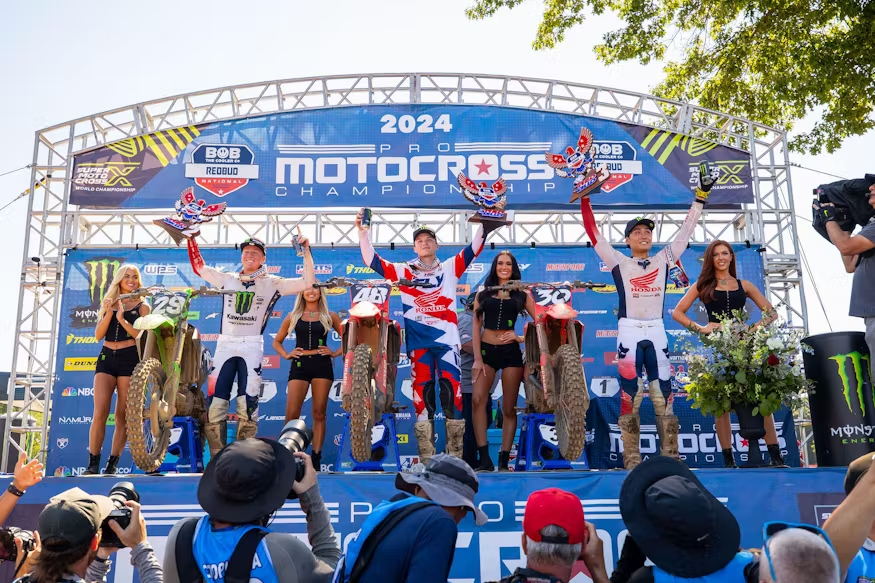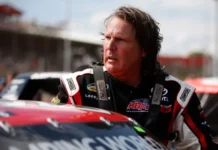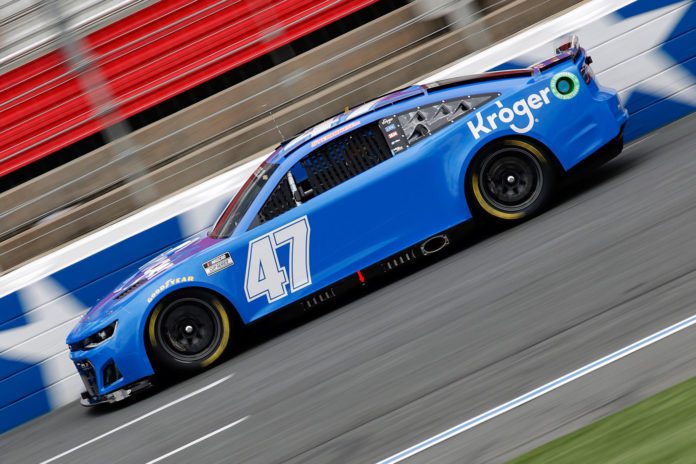The Next Gen car’s potential flashed Monday and Tuesday, as drivers envisioned dive-bombing competitors in corners and reducing wheel hop under braking.
But for each item that shows potential at the Charlotte Motor Speedway Roval, work remains. Steering wheel issues were a constant theme among drivers who spoke to the media Tuesday. Also, different remedies were tired to alleviate the excessive heat drivers have felt in the car.
“Every time we go out there, we learn a lot,” said former champion Joey Logano, who tested the Next Gen car at Phoenix in December 2019 and at Daytona last month before this week’s test.
Twenty-one teams tested on the Charlotte Roval over the two days. It marked the largest number of teams to test the car, which debuts next season. While there were spins, there were no major incidents in nearly 20 hours of track time over the two days.
The biggest issue was with steering racks and drivers feeling a vibration through the steering wheel.
“It’s enough to where you have to have two hands on (the steering wheel),” Corey LaJoie said.
Said Alex Bowman: “It drives awesome compared to the current car when the steering is OK. … When the steering issues popped up, it’s a bit of a nightmare.”
Ryan Blaney had an issue with the steering box on his first lap in Monday’s session. The team changed the steering box and things were fine for a couple of runs before vibrations returned and he started to lose power steering. The team changed steering boxes again to get through the rest of the nearly 10-hour test session Monday.
Travis Geisler, competition director for Team Penske, said the steering boxes were taken back to the shop and examined. He said some of their issues were fixed through a change in assembling it. Blaney said Tuesday afternoon he had not had any problems with the steering to that point.
“You get these new parts and pieces and you try them out on these really wild race tracks and you’re going to have some issues,” Blaney said. “That’s why we have these tests to kind of sort out those issues.”
NASCAR and teams also tested ways to reduce the heat in cars.
John Probst, NASCAR senior vice president of racing innovation, said changes were tried on a few cars. Those changes were:
- The exhaust was moved forward
- Slots in the front glass and rear glass to help the air circulate
- Vents underneath the car
Even with conditions in the 70s for the test Tuesday, increased temperatures were evident in the car.
Ty Dillon said a sensor recorded temperatures of more than 200 degrees by his feet. Dillon estimated the temperature would be 150 degrees in that area in the current car. He noted GMS Racing did not have any of the alterations other teams were trying to reduce the heat in the car.
On the track, drivers had fun on the 2.32-mile road course with the new cars.
William Byron said there is a significant difference entering a corner in the Next Gen car compared to the current car.
“I feel like with the current car that there are so many variables when you go into the braking zones,” he said. “You’ve got to feel your rear tires. You’ve got to match up the RPMs and make sure you get the downshift right. If something in that sequence goes off, you’re off.
“With this car, it’s just go as fast as you can into that braking zone, be as aggressive as you can, get the downshifts done whenever you have time to. It’s going to make for a lot more aggressive passing because I think guys are going to dive-bomb. If you’re close to a guy you’re, obviously, going to try to out-brake him.”
Blaney said that with the bigger brakes on the Next Gen car, he was braking about 200 feet later heading into the backstretch chicane than he did in Sunday’s race with the current car.
Drivers also talked about how the independent rear suspension did away with much of the wheel hop experienced in a corner, particularly on a road course. Numerous road course races have seen drivers wheel hop into a corner and spin, collecting others.
“You don’t really have wheel hop anymore,” Blaney said. “You’ll lock the rears. That sensation of just locking the rears and sliding, there’s no more of that wheel hop. Honestly, if you’re going to pick one, I’d rather completely lock the rears up and slide because wheel hop is hard to get out of. The braking potential of these cars are so much more than what we’ve got now.”







